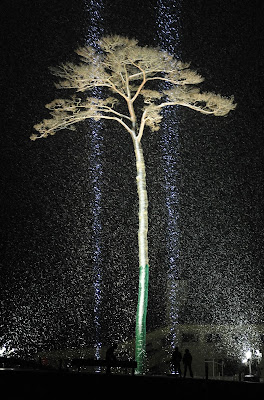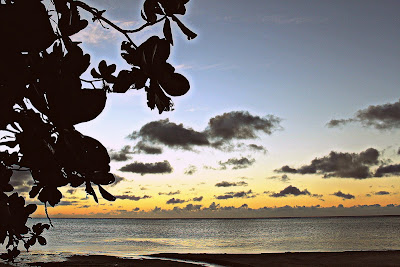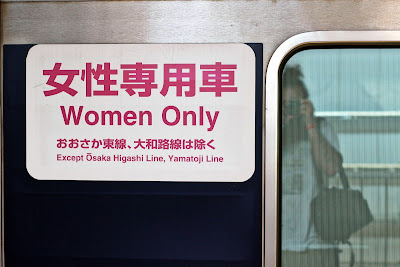On my trip to Tohoku, the Popoki Peace project visited several towns that were affected by the tsunami. In each there were markers of the tragedy, stories of survival and also worries about what the future might bring. Along the roads, each town would have a markers identifying the point at which you were entering the tsunami inundation area and exiting it. Because of this, even if towns and roads are rebuilt, you can still imagine how far the waters and the destruction reached as you drive up the coast. Each town also had markers on street corners, on the side of buildings, power poles and street lights indicating how far away that point was far high ground where someone might be safe from a future tsunami. Each town has markers not only of the destruction, but also of their survival and their endurance. They are usually remnants of life before. A building that did not fall. A particular survivor with a powerful tale to tell. In Rikuzentakata, there w...









